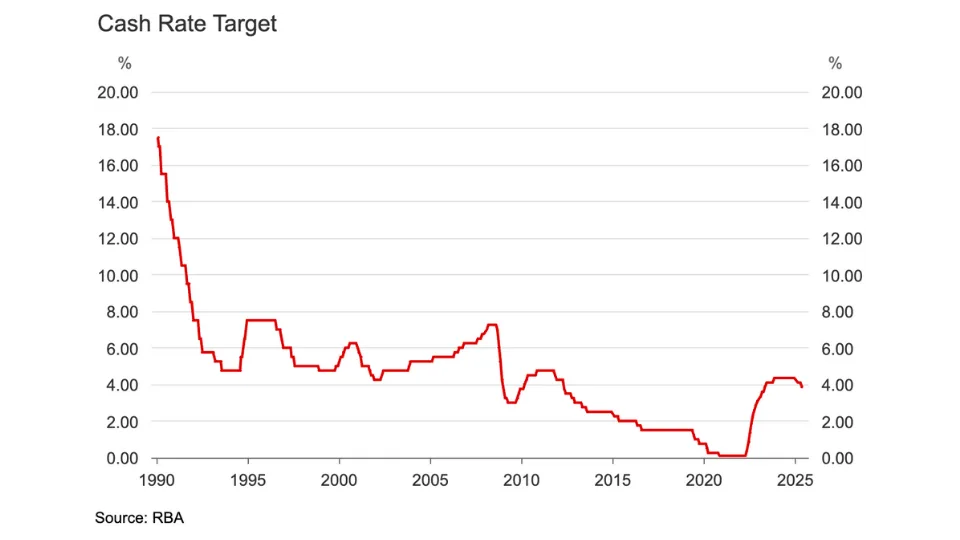An S&P 500 ETF might be a go-to for some investors, but the iShares S&P Mid-Cap ETF (ASX: IJH) has shown better long-term performance. Which is better?
What Are ETFs?
Exchange-traded funds, or ETFs, are investment funds that are listed on a securities exchange and provide exposure to a range of shares or assets with a single purchase.
The Rask Finance video below explains ETFs in more detail:
Mid-Cap Versus Large-Cap
To make this comparison, I’ll look at two ETFs – the iShares S&P Mid-Cap ETF and the iShares S&P 500 ETF (ASX: IVV) which I’ve previously written about here.
As we know, the S&P 500 ETF invests in the 500 largest US companies by market capitalisation. The Mid-Cap ETF invests in 400 companies which, at 31st March 2019, had market capitalisations between US$2.4 billion and US$8.2 billion.
In terms of sector investments, the S&P 500 ETF invests heavily in information technology, health care, financials and communication, while the Mid-Cap ETF’s top sectors (in order) are financials, industrials, and information technology. One of the big differences is that around 10% of the Mid-Cap ETF is invested in real estate, compared to around 3% of the S&P 500.
The Mid-Cap ETF appears to invest in companies with lower valuations, with an average price-earnings (P/E) ratio of 19.09 times and a price-to-book (P/B) ratio of 2.18 times. This compares to the S&P 500 ETF P/E of 20.82 times and P/B of 3.32 times. However, this difference may simply be due to the different industries the two ETFs invest in.
Over the last 10 years, the Mid-Cap ETF has returned 15.26% per year, slightly below the 15.89% return from the S&P 500 ETF. However, both funds were started in 2000 within a week of each other, and since then the Mid-Cap ETF has returned 8.01% per year compared to 4.78% per year for the S&P 500 ETF.
The S&P 500 ETF does pay slightly higher dividends, with a trailing yield of 1.64% compared to Mid-Cap’s 1.22%.
Fees And Risks
Both ETFs have the same low management fee of 0.07%. The Mid-Cap ETF may be more exposed to downturns and has only returned 0.1% over the last year compared to 10% for the S&P 500 ETF. Larger companies, as a general rule of thumb, tend to be less volatile.
You could argue that the S&P 500 ETF has better diversification benefits although the difference between 400 and 500 companies is negligible and both are diversified across sectors.
My Take
The Mid-Cap ETF is a compelling option and has performed much better over a 19-year period, although the last year has been slow. If stability and dividends are what you’re looking for, the S&P 500 ETF might be more appropriate, while the Mid-Cap ETF might have slightly higher growth prospects.
For our number one ETF pick, check out the free report below.
[ls_content_block id=”14948″ para=”paragraphs”]
Disclosure: At the time of writing, Max owns shares in the iShares S&P 500 ETF (ASX: IVV).










